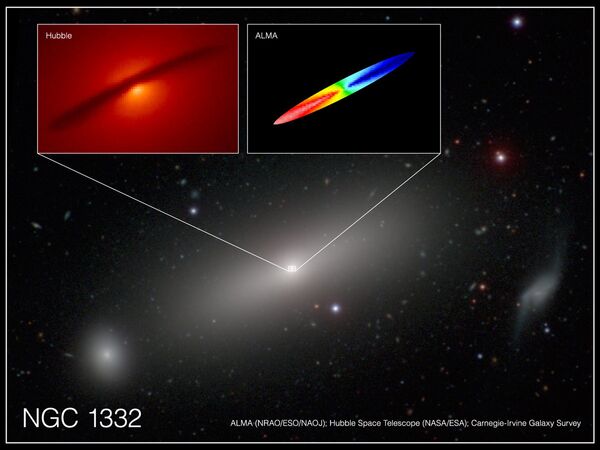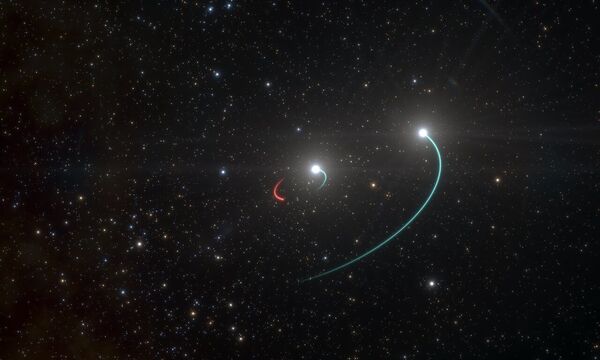New research has come close to lifting the shroud of secrecy around the existence of intermediate black holes: in-between the stellar mass and supermassive classes, reports Science Alert.
These objects are called hypercompact stellar systems (HCSSs), and are, in fact, a supermassive black hole shackled by a bunch of gravitationally bound stars, hurtling through space.
According to simulations several hundred rogue black holes might be already zooming across a galaxy like the Milky Way.
Such hypercompact stellar systems (HCSS) which are perceived as convincing evidence of what is referred to as gravitational wave recoil, and, accordingly, discovering them would be a huge breakthrough.
Up until now, science has not yet conclusively found any.
However, a team of astronomers from SRON Netherlands Institute for Space Research and Radboud University in the Netherlands have decided to sift through existing data to see whether perhaps HCSSs may already have been zoomed in on during previous surveys such as Gaia telescope and the Sloan Digital Sky Survey.
In their paper, entitled “Hypercompact stellar clusters: morphological renditions and spectrophotometric models”, published in the Monthly Notices of the Royal Astronomical Society, the astronomers explain that as they scrutinized the data, they realised no one had made any detailed predictions regarding what hypercompact stellar clusters should look like.
This made their search even more challenging, as the team lacked the means to identify the HCSSs.
To facilitate the process, the astronomers simulated these clusters, offering detailed predictions of their colours, appearance, and spectra, even showing how the clusters would appear in the data of nine separate ongoing surveys.
The research also suggested how the hypercompact stellar clusters might appear on a two-dimensional telescope image.
Galactic Merger
Astronomers surmise that two galactic cores could merge into one larger black hole in a process that would send gravitational waves rippling through spacetime.
However, if a galactic merger displays asymmetry, the newly formed black hole could be sent zooming out of the galaxy and across the Universe by gravitational wave recoil. In doing so, it might take along some stars for the ride.
It is known that stellar mass black holes can merge – something that has been detected across the Universe.

Back when the Milky Way was younger, its central black hole is suggested as having been smaller, and a merger with a dwarf galaxy containing a smaller central black hole could have resulted in a smaller-scale mergers.
The process would produce an intermediate black hole: in-between the stellar mass and supermassive classes. It might be between 100 and 10,000 times the mass of the Sun, surrounded by a batch of star. This, in effect, would be a small HCSS.
Now that the scientists have published the results of their simulations, they have trail blazed the path for other teams of astronomers who can pursue the elusive “missing link” black holes.
Identifying the latter will possibly be the next step in the current team’s research.
"The existence of intermediate mass black holes is debated… If we indeed find hypercompact stellar clusters, we will at the same time show the existence of intermediate mass black holes. We can then confirm this by measuring the mass of the black holes through spectroscopic observations of the hypercompact stellar cluster," said one of the authors of the study, astronomer Davide Lena of SRON Netherlands Institute for Space Research.





